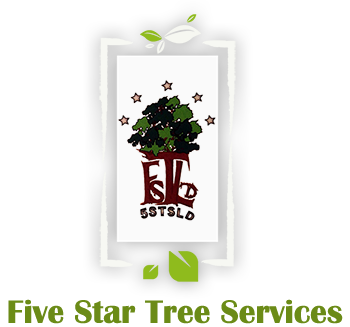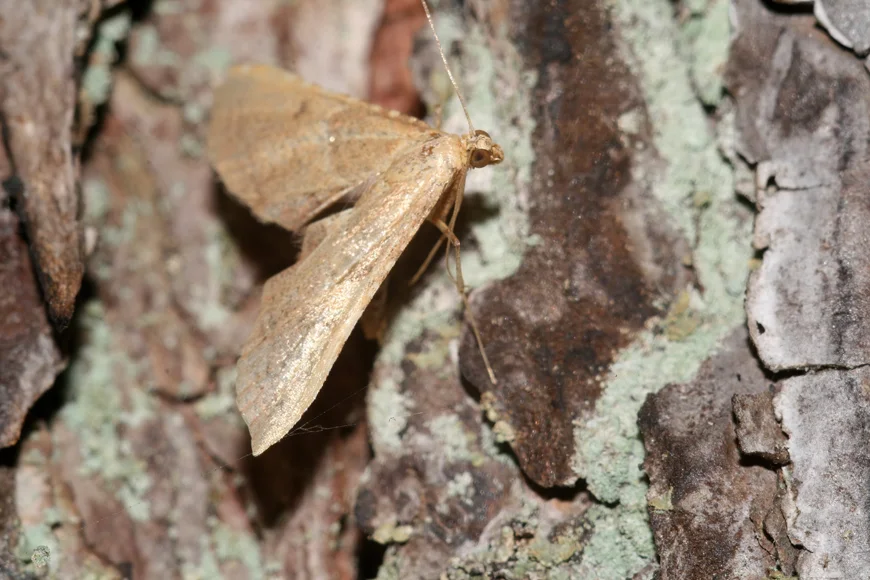Boxwood shrubs are beloved for their elegant shape and evergreen appeal. But there’s a growing threat that’s quietly endangering these garden staples: the invasive box tree moth (Cydalima perspectalis). While harmless to humans, these pests can cause devastating harm to your boxwoods if allowed to spread. Here’s what you need to know to safeguard your garden.
Origins and Identification
Native to East Asia, the box tree moth first appeared in Europe around 2007 and has since spread to parts of North America. As adults, these moths are typically white with a distinctive dark border and a tiny white crescent on their forewings. Their wingspan measures approximately 1.5 to 1.75 inches. However, it’s the caterpillars—soft-bodied, green with black stripes and spots, and up to 1.5 inches long—that pose the greatest threat, as they are voracious feeders on boxwood foliage.
Recognizing Damage Symptoms
Early infestations may display subtle warning signs:
- Skeletonized leaves, where only the veins remain.
- Webbing and frass—a sticky trail of caterpillar droppings exacerbated by a distinct, unpleasant odor.
- Browning or defoliation that weakens the shrub’s overall health.
- Visible larvae, often hidden beneath leaves or in tight corners of the plant.
Prompt identification of these symptoms is key to effective management and preserving the vitality of your shrubs.
Which Plants Are Most at Risk
Box tree moths have a strong preference for boxwood species—such as common, Japanese, and Korean boxwood—all of which are commonly used in hedges, borders, and intricate topiaries. Other plants near infested boxwoods—like burning bush (Euonymus alatus), Japanese spindletree, purple holly, and orange jessamine—may also suffer damage.
Treatment and Control Strategies
If you spot small infestations, start by manually removing caterpillars or using a forceful spray of water to dislodge them. Larger outbreaks, however, require professional intervention. A licensed arborist can apply effective, safe treatments designed to reach the undersides of leaves and thoroughly target the larvae.
Timing Is Everything
Treatment is most effective when timed with the moth’s life cycle:
- In early spring, when overwintering larvae begin feeding.
- Again in mid-summer, when a second generation emerges.
Consistent monitoring and timely treatments can prevent catastrophic damage.
Why Professional Care Makes a Difference
Box tree moth infestations can quickly spiral out of control. Preventative inspections, timely interventions, and skilled treatments performed by arboriculture professionals can protect your shrubs before irreversible damage occurs.
Bottom Line: Act Early, Save Your Shrubs
Box tree moths might not bite—but they can destroy your boxwoods. Vigilance, early treatment, and professional tree care are your best defenses. If you suspect an infestation or want help safeguarding your evergreens, Five Star Tree Services is here to help. Our certified arborists offer expert inspections and tailored treatment plans to preserve your landscape’s beauty and health.
Need help identifying or treating box tree moths? Call us today at (416) 990-3355 for expert care and peace of mind.


